Open-ocean aquaculture can produce high-quality seafood without significant environmental impacts
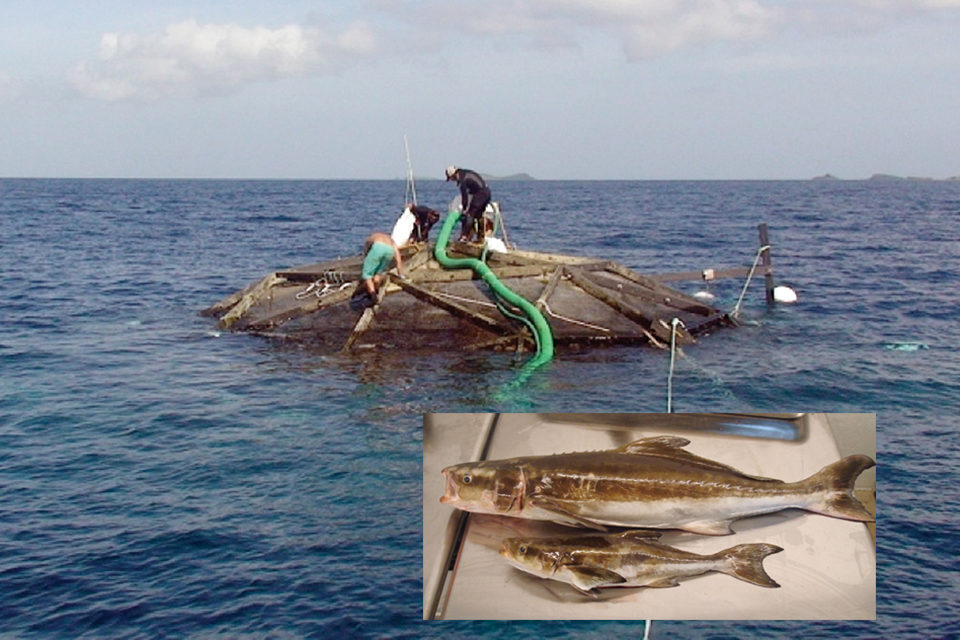
Over the past decade, significant advances have been made in the culture of cobia (Rachycentron canadum). A marine fish species with excellent biological and market characteristics for commercial aquaculture, cobia has received much attention in many Latin American and Caribbean countries.
Research spearheaded by the University of Miami Experimental Hatchery in the last five years has progressed in the areas of broodstock procurement, management and spawning; larviculture; nutrition and sustainable grow-out technology. Much work remains to improve production efficiency, but countries throughout the Americas and the Caribbean – including Martinique, Puerto Rico, Dominican Republic, the United States, Mexico, Belize, Panama, Colombia, Ecuador and Brazil – are now producing cobia.
Albeit small compared to the numbers for other aquaculture species, global production of cobia is expected to exceed 25,000 metric tons in 2008 (mostly from Asia), with only about 500 to 1,000 metric tons (MT) produced in the United States, Caribbean and South America this year. The expanding industry is expected to boom in the next few years, when farmed cobia production in these regions could reach an estimated 2,000 tp 3,000 MT within the next three years and 3,000 to 5,000 MT in five years.
New hatcheries
Driven primarily by the anticipated cobia boom, new multimillion-dollar marine fish hatcheries are being built. In Brazil, four hatcheries in the states of São Paulo, Bahia, Espirito Santo and Pernambuco are working with cobia. In Belize, Marine Farms ASA – a company which already cultures cobia in Vietnam – is building a large-scale hatchery to produce cobia fingerling to stock a producing commercial cage farm.
In Panama, the large-scale commercial shrimp hatchery Farallón Aquaculture, which has facilities in several Latin American countries, is also constructing a large hatchery to produce cobia seedstock for the expanding industry in that country. In Mexico, Ixoye Tropicales retrofitted an old shrimp hatchery to produce cobia fingerlings in 2007. A similar approach is being used by Ocean Farm in Ecuador, which adapted a large shrimp hatchery for the production of marine fish such as cobia, snapper and Pacific yellowtail.
The National Laboratory of Aquaculture, a state-of-the-art marine fish hatchery, just opened in Brazil. One of the most modern hatcheries on the continent, it is already in production utilizing technology transferred from the University of Miami through a memorandum of understanding with TWB S.A. and the Special Secretariat for Aquaculture and Fisheries, a partnership between the Brazilian private sector and government.
Similar cooperative agreements have been signed with Ecuador’s National Center for Aquaculture and Marine Research (CENAIM-ESPOL) and Colombia’s Center for Aquaculture Research (CENIACUA-ACUANAL) to further the development of marine fish aquaculture in these countries with technology transfer and training support. All these efforts will provide additional seedstock needed for industry expansion in the future.
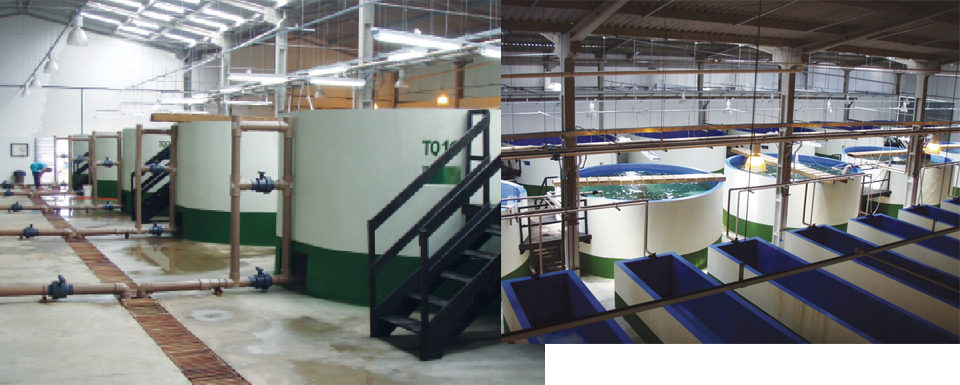
Grow-out at Snapperfarm
Experiences gained at a commercial sea cage farm yielded varied and useful information on cobia grow-out. In 2006, Snapperfarm Inc. stocked cobia fingerlings from different hatcheries for grow-out in its cages off Culebra, Puerto Rico. Within a few weeks, each crop of fish from the various hatcheries was performing very differently. After six years growing cobia in its submerged cages, Snapperfarm found that growth rates for cobia can vary from 2 to 6 kg per year, depending on stocking density, temperature, feed quality and especially the quality of fingerlings.
One crop grew very well, while early signs of deformities were evident in the second crop and a third crop exhibited very slow growth. Genetics and nutritional factors may have affected the early development of the fish in the hatcheries. Also, Snapperfarm raised all three crops on different diets, in two different cage designs and at different densities – all of which could contribute to the varied performances early in the production cycle.
However, several months after stocking, all three crops were switched to a standard diet and the densities of two cages were matched, yet the performance still varied significantly from cage to cage. This led farm managers to believe that the quality of the hatchery-produced fingerlings is of paramount importance.
Despite these issues, Snapperfarm showed that properly planned, sited and operated open-ocean aquaculture operations can produce considerable amounts of high-quality seafood without causing significant environmental impacts. In fact, data from independent environmental assessments funded by the U.S. government being conducted by the University of Puerto Rico and University of Miami have shown no significant impact detected in oceanic waters surrounding the company’s cages. This suggests that future expansion could occur in a sustainable manner.
(Editor’s Note: This article was originally published in the March/April 2008 print edition of the Global Aquaculture Advocate.)
Now that you've reached the end of the article ...
… please consider supporting GSA’s mission to advance responsible seafood practices through education, advocacy and third-party assurances. The Advocate aims to document the evolution of responsible seafood practices and share the expansive knowledge of our vast network of contributors.
By becoming a Global Seafood Alliance member, you’re ensuring that all of the pre-competitive work we do through member benefits, resources and events can continue. Individual membership costs just $50 a year.
Not a GSA member? Join us.
Author
-
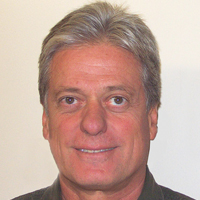
Daniel Benetti, Ph.D.
Chairman, Division of Marine Affairs and Policy
Associate Professor and Director of Aquaculture
University of Miami
Rosenstiel School of Marine and Atmospheric Science
4600 Rickenbacker Causeway
Miami, Florida 33149 USA
Tagged With
Related Posts
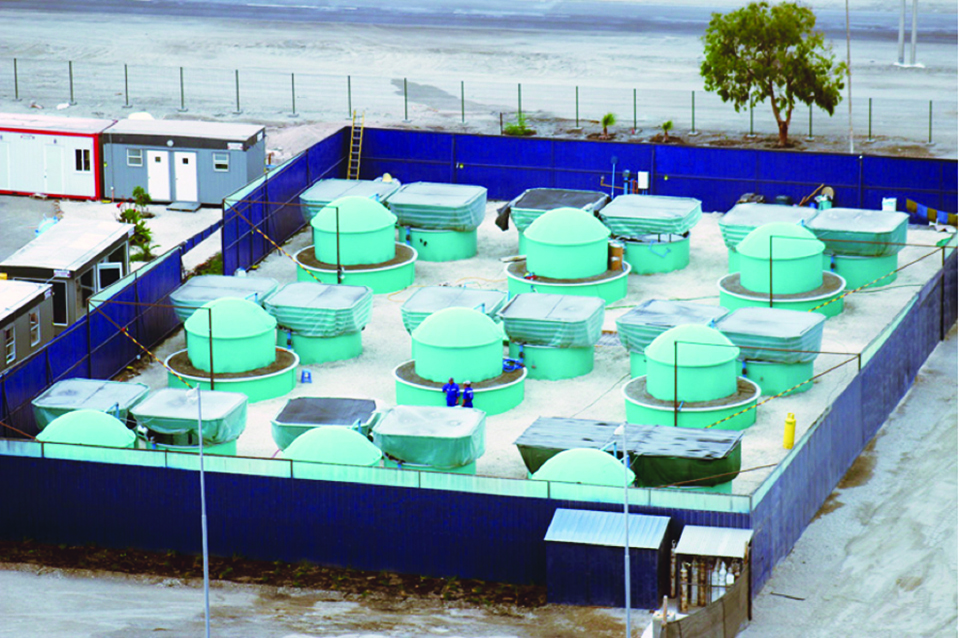
Health & Welfare
Cobia culture in recirculating systems
A unique pilot project supported by northern Chile’s biggest power-generating company and the Undersecretary of Fisheries and Aquaculture is raising cobia in a recirculating aquaculture system in the desert.
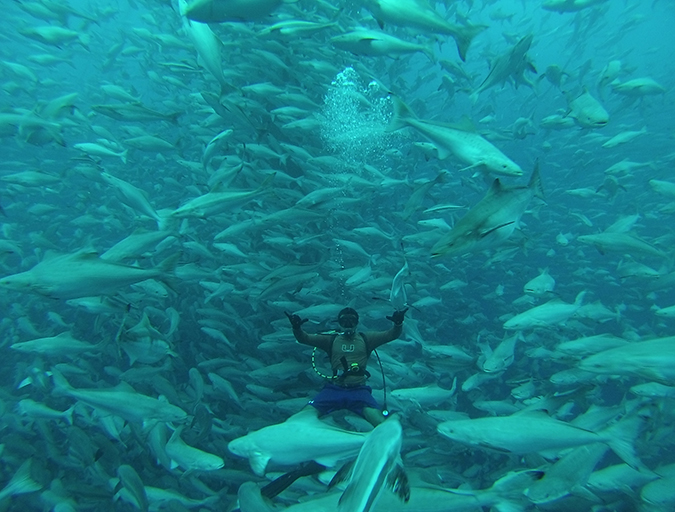
Innovation & Investment
Aquaculture Exchange: Daniel Benetti
University of Miami professor says the U.S. seafood marketplace needs to embrace 'plate-sized' fish if a domestic aquaculture industry is to become sustainable and profitable.
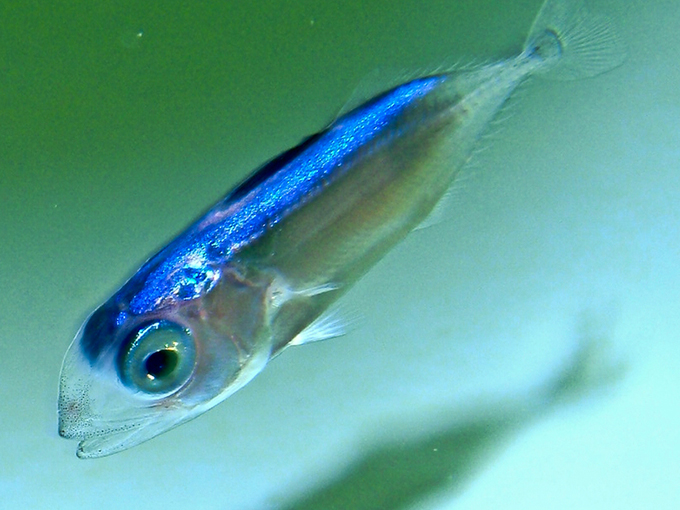
Innovation & Investment
Tuna aquaculture: Fishing for progress
Aquaculture could be a sustainable alternative to fishing for tuna but achieving commercial-scale production has proven challenging.
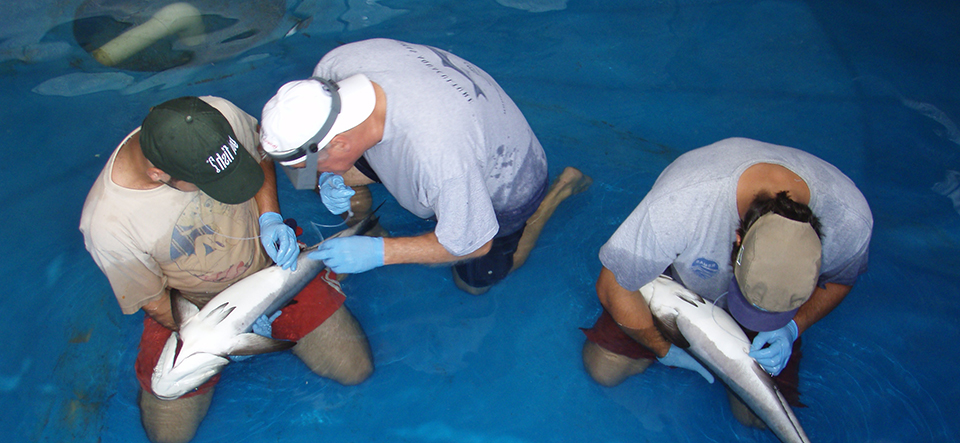
Health & Welfare
University of Miami experimental hatchery achieves record cobia spawns, fingerling production
Selective-breeding coupled with advances in maturation systems, nutrition and management led to natural cobia spawnings at the University of Miami Experimental Hatchery.


